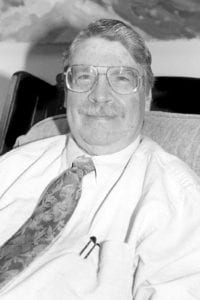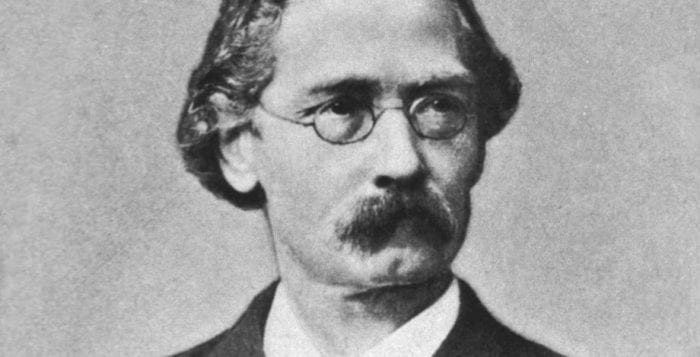By Elof Axel Carlson

I enjoy doing history of science because I learn so much when delving into the past. If I am reading about cell theory and the types of tissues there are, I remember the course in microscopic techniques I took as an undergraduate at NYU.
I did not know then that the microtome to cut slices of tissue for making slides was first introduced by Johannes Purkinje. I did not know that growing bacteria on agar plates or slants in test tubes to obtain pure cultures was first done by Robert Koch. I did not know that the word “mutation,” as a change in heredity, was first introduced by Hugo de Vries. Similarly, I did not know that Bernhard Tollens first showed carbohydrates were composed of sugars.
It was William Cheselden who first demonstrated that the role of saliva was to break down food for digestion. I did not know the chemical notation for representing molecules, like CO2 being carbon dioxide was invented by Jöns Berzelius. I did not know the first person to show that oxygen binds to hemoglobin was Felix Hoppe-Seyler. But I did know that Albrecht Kossel was the first to isolate and name the nitrogenous biases of nucleic acid and he called them adenine, guanine, thymine, cytosine and uracil.
I did not know ringworm was shown to be a fungal parasite by Johann Schönlein. He also changed the name “consumption” to “tuberculosis” and made a third contribution: He was the first science professor to teach in his native tongue, German, instead of Latin to his students. It was Rudolf Leuckart who worked out the nematode parasite causing trichinosis in pork, and his work led to compulsory meat inspection in most industrial countries. The first phylogenetic tree for evolutionary history of plants or animals was constructed by Ernst Haeckel (that I did know).
Even the nouns I use as a scientist have known origins: Tissue was first introduced by Marie François Xavier Bichat at the time of the French Revolution (his 20 different tissues became the four basic tissues I learned as an undergraduate).
The cell theory was first promoted by Matthias Schleiden and Theodor Schwann in 1838. It was changed to a cell doctrine (all cells arise from preceding cells) by Robert Remak and Rudolf Virchow. Most of the names I have mentioned lived in the 1700s and 1800s. We remember the names of 20th century scientists partly because they are published in textbooks. But if one studies a field and looks at old textbooks of about 100 years ago or more, lots of terms used in those past generations have disappeared. Also, the names of then recent scientists are abundant.
It is a curious honor to be a discoverer of something important and then 100 years after your death your role in it is no longer present in texts or scientific articles. Who remembers that Karl Gegenbaur first introduced the idea of homology into comparative anatomy (your hands, a bat’s wings and a horse’s forefeet are homologous because they have an embryonic common formation from an initial limb bud)?
Scientists do science because they enjoy the opportunity to make discoveries. Very few will be remembered for centuries like Galileo, Newton or Darwin. All who have published will be dug up centuries from now by historians curious about the origins of ideas and processes of our own generation.
Elof Axel Carlson is a distinguished teaching professor emeritus in the Department of Biochemistry and Cell Biology at Stony Brook University.





